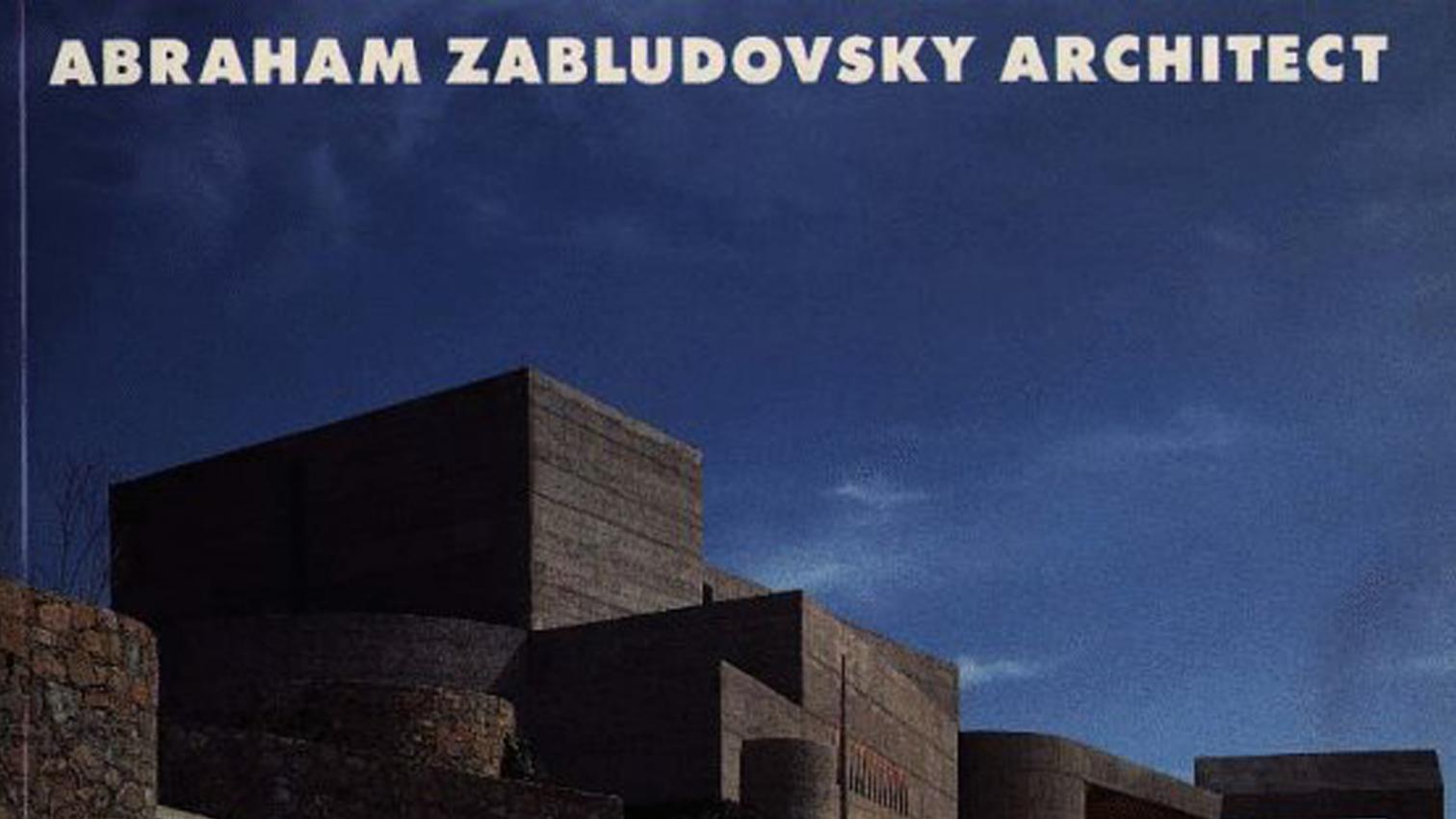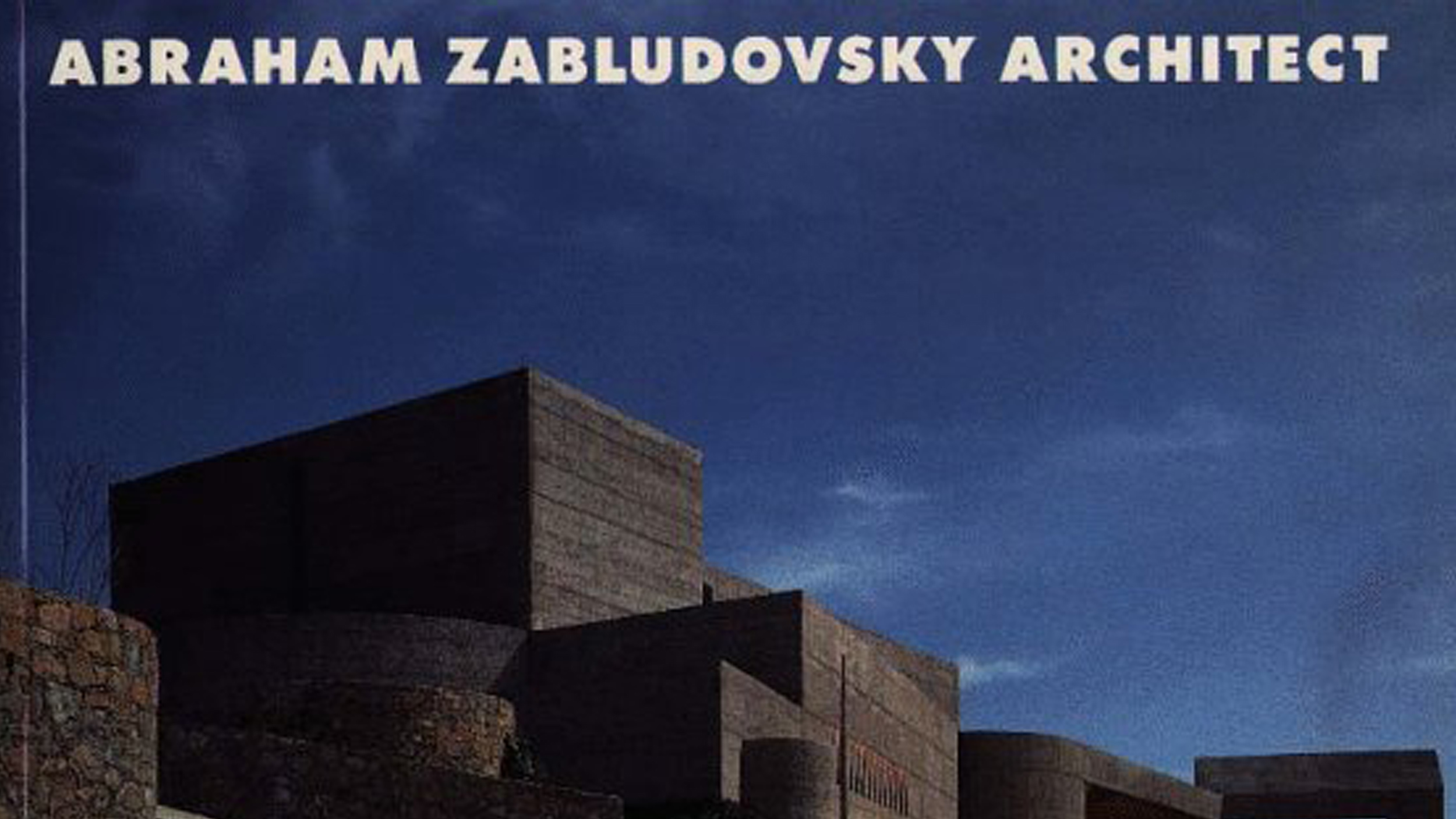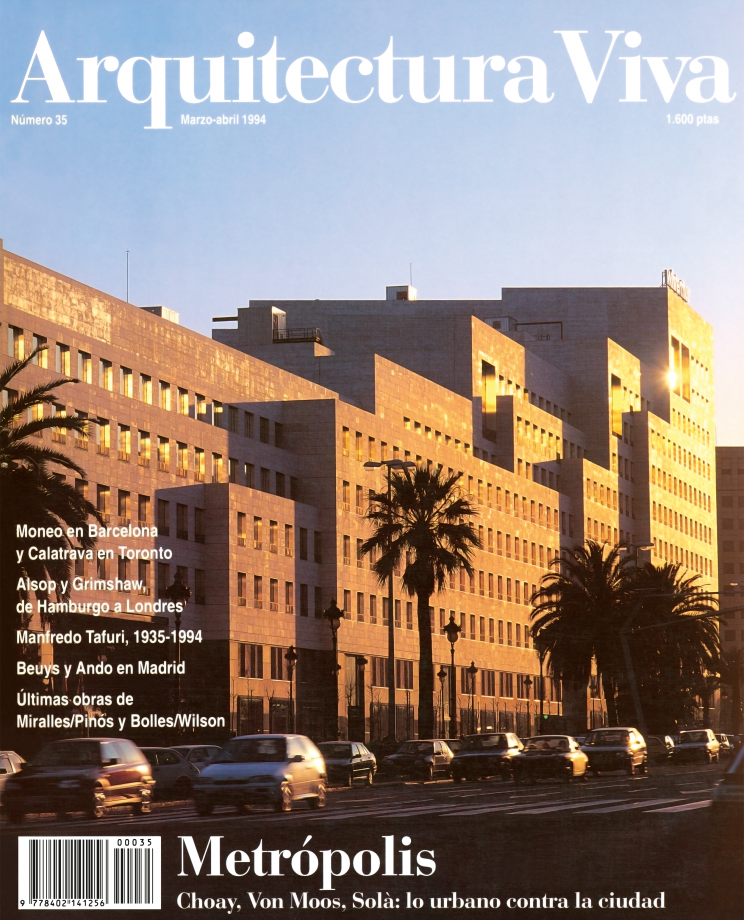
Abraham Zabludovsky (1924) is one of the most prolific figures in his country and, together with Teodoro González de León (1926), one of the most prominent representatives of the ‘official’ trend in Mexican architecture: that of pre-Columbian monumentality in exposed concrete. The monograph dedicated to him by Princeton Architectural Press takes a close look at the latter part of his career, which is dominated by public buildings – theaters, auditoriums, banks, museums – and where that official style of massive constructions and rough textures is best expressed. Many of these projects were carried out in collaboration with Teodoro González de León, with whom he had a long professional relationship that began in 1968. It was precisely in the late 1960s and early 1970s – and in two houses, the Sacal (1968) and his own (1969) – that Paul Heyer, author of the text preceding the projects, established the most decisive momentum in his career, the indigenous turn that finally took hold in the second half of the 1970s.
But Zabludovsky finished his studies in 1949 and immediately began building in a Mexico where the seeds of the Modern Movement had taken strong root, This is evident in the single-family and collective dwellings and apartment blocks built by the architect between the 1950s and the early 1960s, which are included in an appendix at the end of the monograph.






